In many places, farmers sow seeds early.
Although the 2024-2025 winter-spring rice crop has not been harvested yet, farmers in many places have planted the 2025 summer-autumn rice crop. According to the recommended crop calendar of the Department of Agriculture and Environment of Kien Giang province, farmers will start sowing the 2025 summer-autumn rice crop from March 15 (phase 1). However, tens of thousands of hectares of farmers have previously "broken the rules" and planted early, leading to the risk of spreading pests.
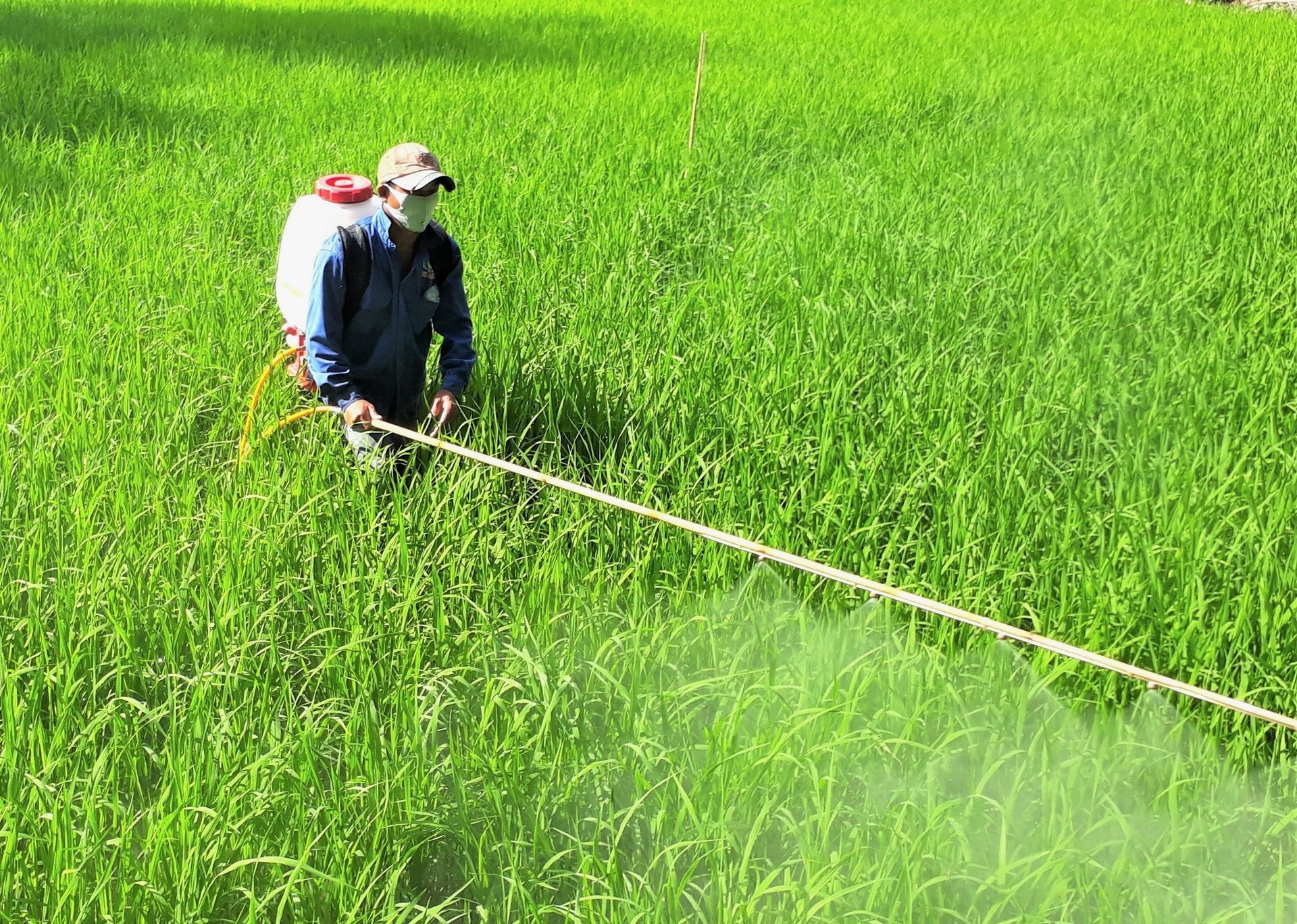
Tens of thousands of hectares of 2025 summer-autumn rice have been planted by Kien Giang farmers ahead of schedule. Photo: Trung Chanh.
According to local statistics, as of March 18, farmers in the province have planted early summer-autumn rice in 2025 with an area of over 54,530 hectares. Of which, 36,780 hectares are in the seedling stage, more than 17,520 hectares are in the tillering stage, even in U Minh Thuong district, nearly 130 hectares of rice have entered the heading - flowering and flowering - ripening stages. The early planting area is mainly concentrated in Giong Rieng, Giang Thanh, U Minh Thuong, Chau Thanh, Go Quao, Tan Hiep districts and Rach Gia city.
In Kenh 4B Hamlet (Tan An Commune, Tan Hiep District), hundreds of hectares of rice fields have been sown by farmers and turned green. Farmers in the hamlet said that after harvesting the winter-spring rice, people took the opportunity to burn straw, clean the fields, and replant the 2025 summer-autumn rice crop. When some households did it, others had to follow suit because the fields were only separated by small borders and could not retain water. Up to now, the rice of the household that sowed the earliest is more than 20 days old, and the rice of the household that sowed later is more than 10 days old. Despite the hot weather, the rice is generally growing well.
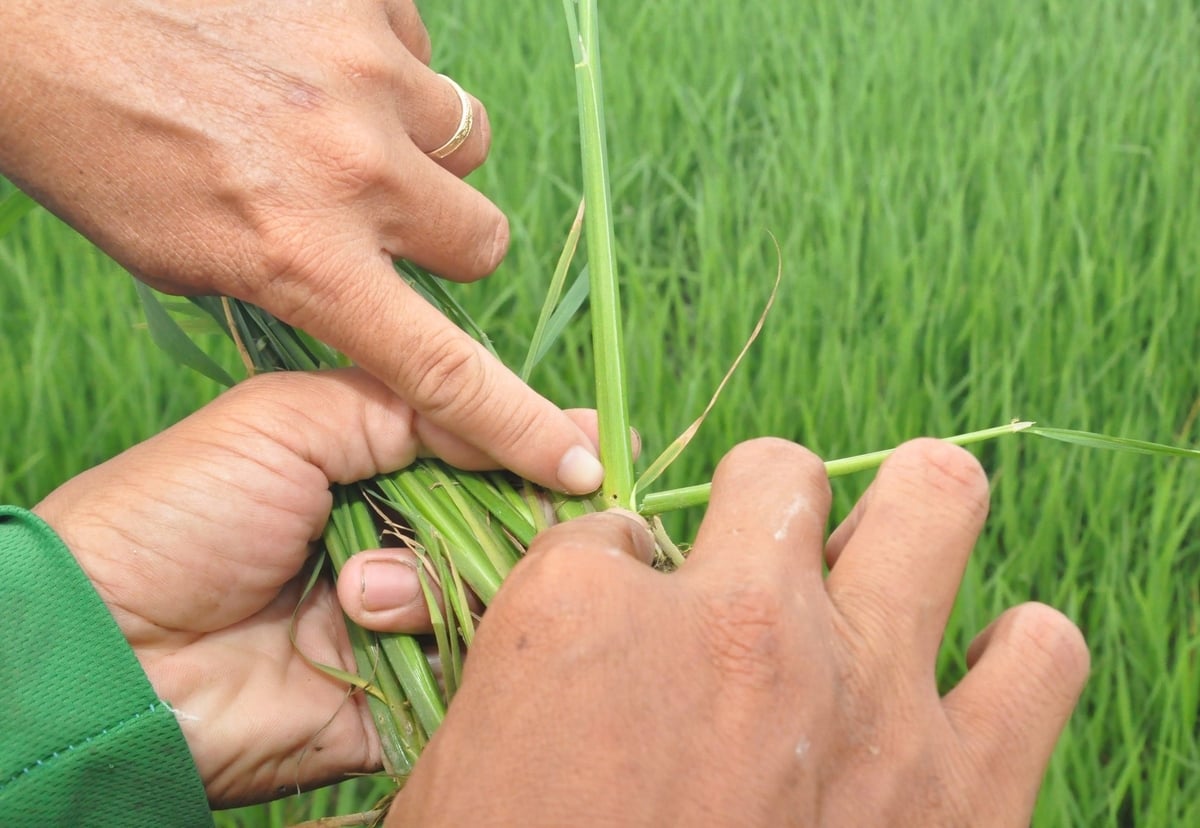
Summer-autumn rice 2025 farmers in Kien Giang planted before the schedule, was attacked by pests. Photo: Trung Chanh.
Mr. Nguyen Van Nghia, Deputy Director of the Department of Agriculture and Environment of Kien Giang province, warned: "Some localities, after harvesting winter-spring rice, have plowed the land and sowed again, without ensuring the isolation period between the two crops, leading to a high possibility of organic poisoning and the spread of pests such as brown planthoppers, yellow dwarf disease, and leaf curl disease to the summer-autumn crop."
Therefore, the Department of Agriculture and Environment of Kien Giang province requests the People's Committees of districts and cities to strengthen coordination with specialized agencies in directing production and implementing the 2025 summer-autumn rice production plan according to the guided crop calendar. Direct specialized units to develop a sowing plan suitable for each sub-region, ensuring "concentration, synchronization and avoidance of planthoppers". Localities that spontaneously sow outside the recommended schedule need to have timely corrective measures.
Summer-autumn rice is sown in 4 batches.
Mr. Tran Quang Giau, Head of the Department of Crop Production and Plant Protection of Kien Giang province, said that in the 2025 summer-autumn rice crop, the province plans to sow 276,100 hectares. So far, farmers have planted 80,600 hectares, concentrated in the districts of Giong Rieng, Tan Hiep, Giang Thanh, Hon Dat, Chau Thanh, Go Quao, U Minh Thuong and Rach Gia city.
The provincial Department of Agriculture and Environment recommends sowing rice in 4 batches. The first batch is from March 15 to 31, mainly for the three-crop rice growing areas per year, including part of the districts of Giong Rieng, Tan Hiep, Chau Thanh, Giang Thanh and Rach Gia city.
Phase 2 from April 5 to 20, includes the remaining areas of Giong Rieng and Tan Hiep districts and most of Chau Thanh and Giang Thanh districts, Rach Gia city and part of Go Quao district, north of National Highway 80 of Hon Dat district.
Phase 3 from May 5 to 20, includes most of the areas of Hon Dat, Kien Luong, Giang Thanh, Go Quao districts and Rach Gia city, part of Chau Thanh district.
Phase 4 from May 25 to June 25, including the remaining area south of National Highway 80 of Hon Dat and Kien Luong districts, U Minh Thuong region, some sub-regions along Cai Be and Cai Lon rivers in Go Quao and Chau Thanh districts.
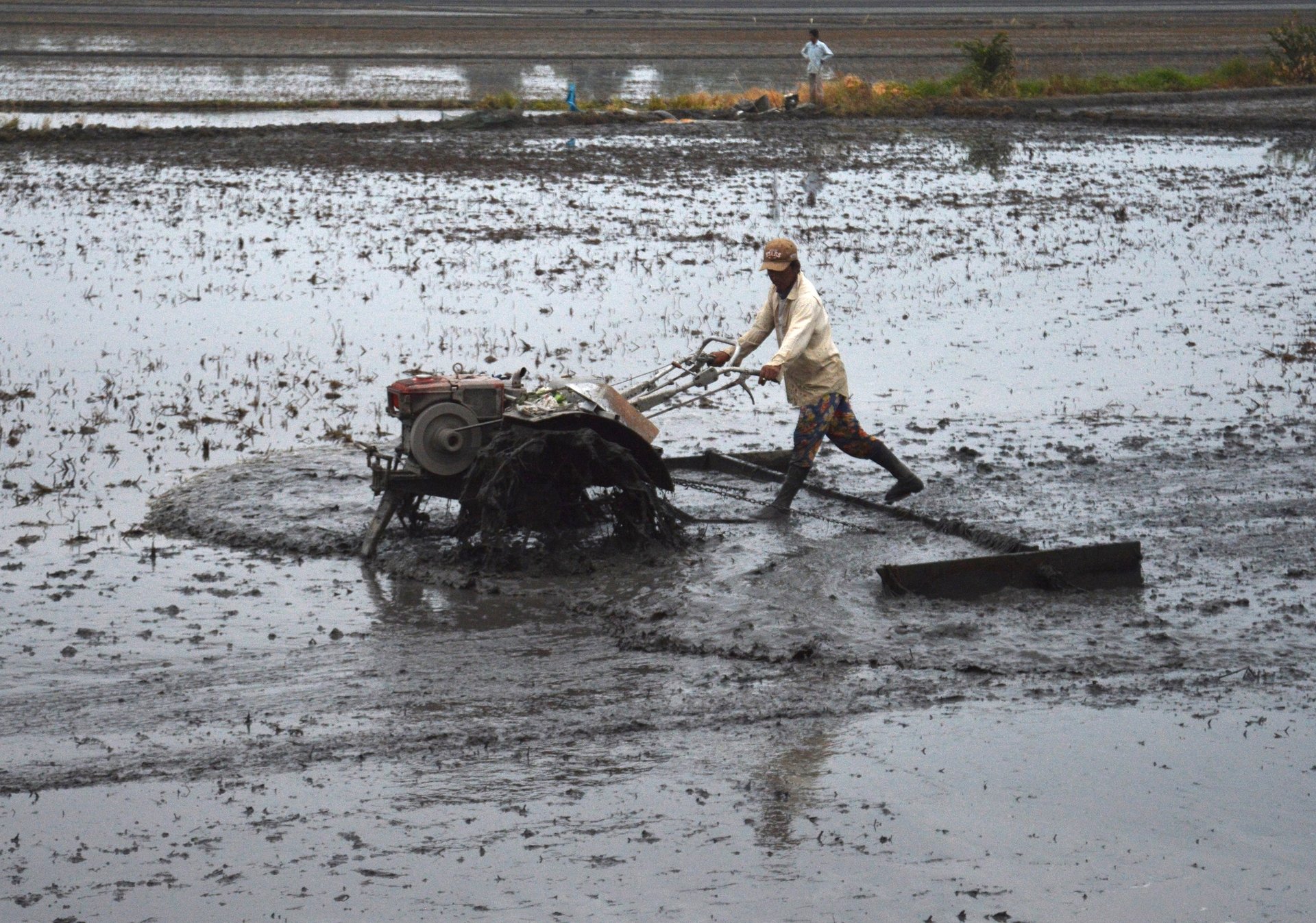
The Department of Agriculture and Environment of Kien Giang province recommends that farmers must ensure a gap of at least 20 days between two crops to focus on plowing, drying the soil, and cleaning the fields thoroughly before sowing. Photo: Trung Chanh.
According to Mr. Tran Quang Giau, as of March 25, there were about 36,000 hectares of winter-spring rice in the province that had not been harvested. In some localities, people had just finished harvesting and needed time to clean the fields.
Regarding the rice variety structure, farmers are recommended to use certified rice varieties with short growing time and high quality such as: OM18, OM5451, Dai Thom 8, OM380, GKG1, GKG5, OM34, OM4900, OM7347, ST24, ST25, RVT, Japonica rice variety group (DS1), sticky rice (IR4625). Apply the sparse sowing process with the amount of rice seeds from 80 - 100kg/ha and follow the technical process of producing high quality rice - low emissions in the Mekong Delta region issued by the Department of Crop Production and Plant Protection.
Organize production in large fields, standard models such as VietGAP, GlobalGAP, organic, SRP, with growing area codes. Guide farmers to care, fertilize in a balanced way, focus on and implement integrated pest management measures, use pesticides safely and effectively. Coordinate with agencies and enterprises to continue promoting the organization of production linkage models, product consumption in the form of contracts between enterprises, cooperatives, cooperative groups and farmers.
The Department of Agriculture and Environment of Kien Giang province recommends that farmers plow and dry the soil after harvesting the winter-spring rice crop, and clean the fields. There should be a gap of at least 20 days between the two crops to minimize the spread of brown planthoppers, yellow dwarf disease, stunted leaf curl disease, and organic poisoning in the seedling stage.
Source: https://nongnghiep.vn/xe-rao-xuong-giong-lua-he-thu-truoc-lich-thoi-vu-d745227.html


![[Photo] Comrade Khamtay Siphandone - a leader who contributed to fostering Vietnam-Laos relations](https://vstatic.vietnam.vn/vietnam/resource/IMAGE/2025/4/3/3d83ed2d26e2426fabd41862661dfff2)
![[Photo] General Secretary To Lam receives Russian Ambassador to Vietnam](https://vstatic.vietnam.vn/vietnam/resource/IMAGE/2025/4/2/b486192404d54058b15165174ea36c4e)
![[Photo] Prime Minister Pham Minh Chinh receives CEO of Standard Chartered Group](https://vstatic.vietnam.vn/vietnam/resource/IMAGE/2025/4/2/125507ba412d4ebfb091fa7ddb936b3b)
![[Photo] Prime Minister Pham Minh Chinh receives Deputy Prime Minister of the Republic of Belarus Anatoly Sivak](https://vstatic.vietnam.vn/vietnam/resource/IMAGE/2025/4/2/79cdb685820a45868602e2fa576977a0)


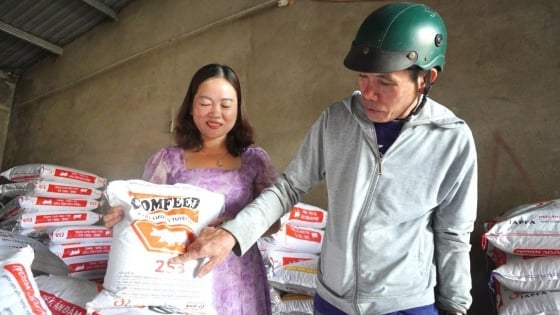

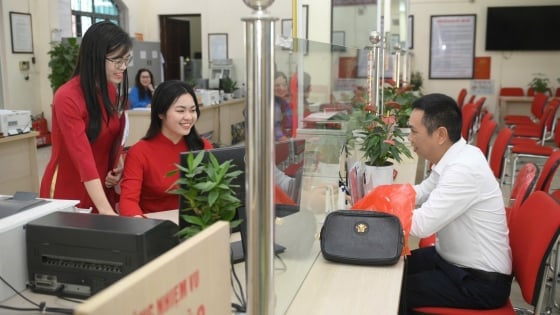

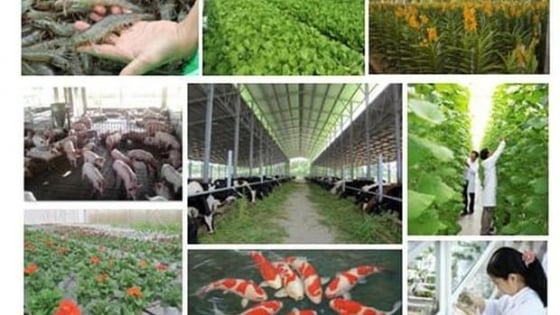






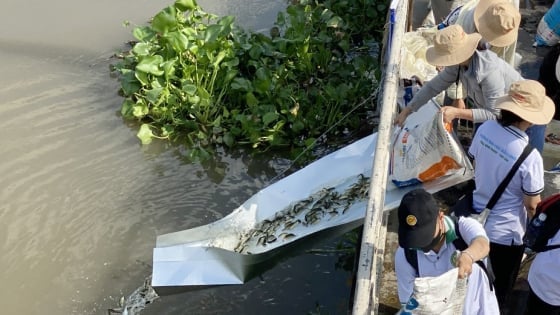


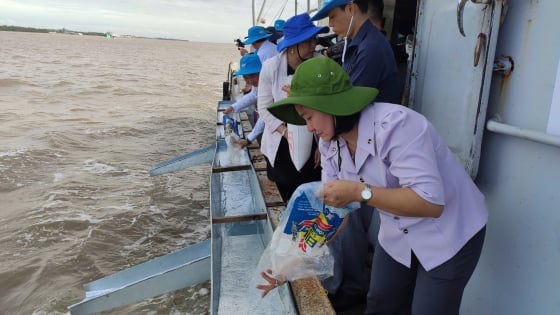
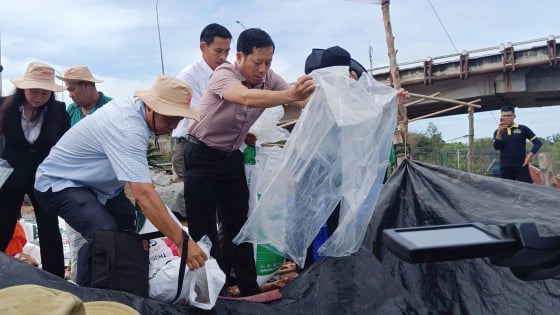











































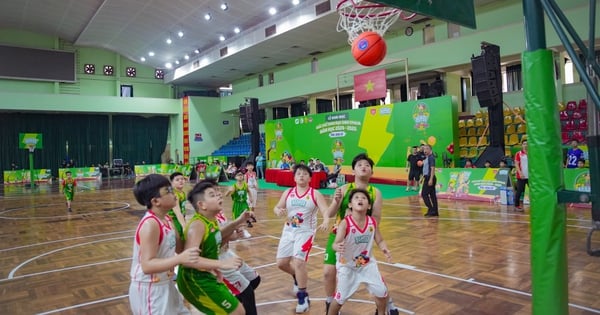




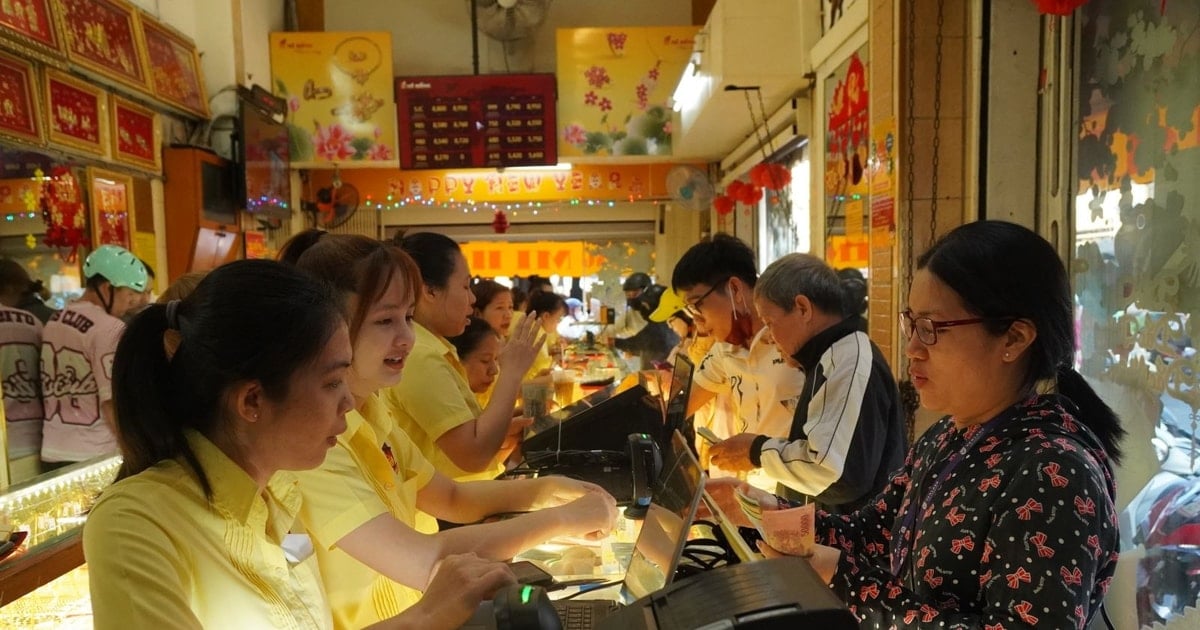
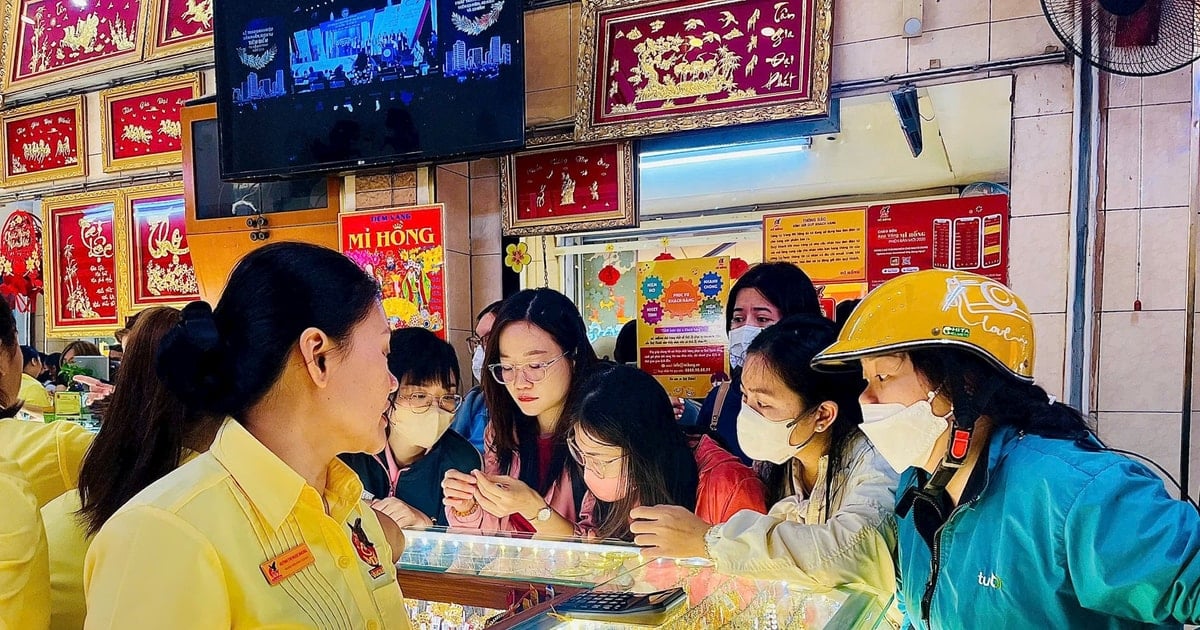



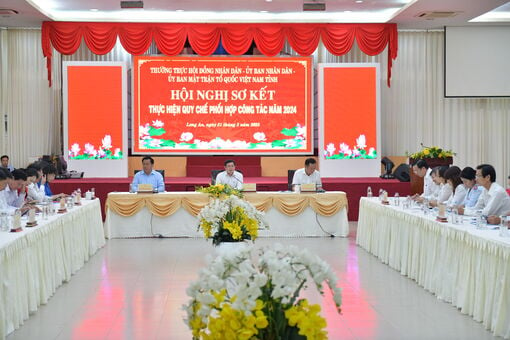















Comment (0)